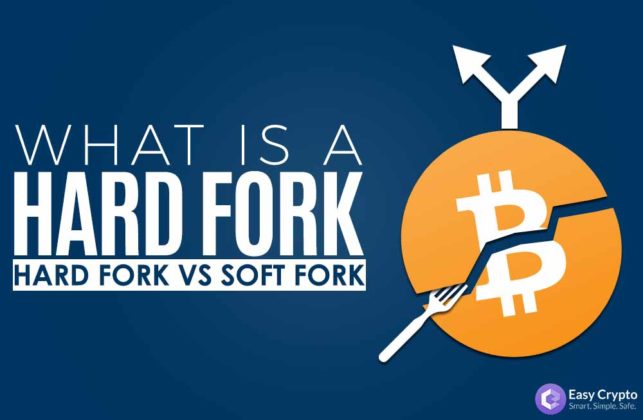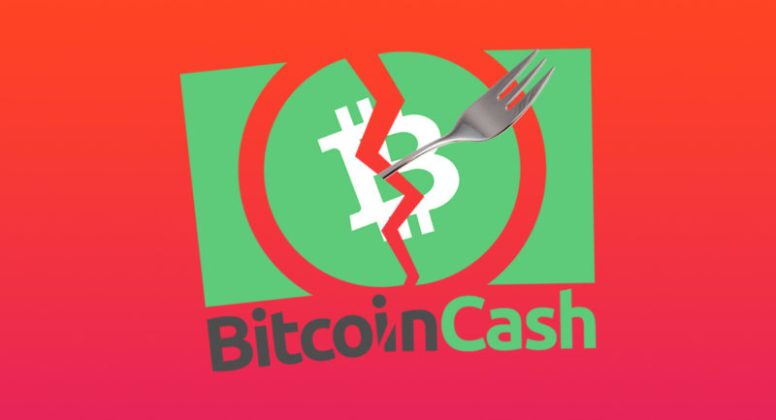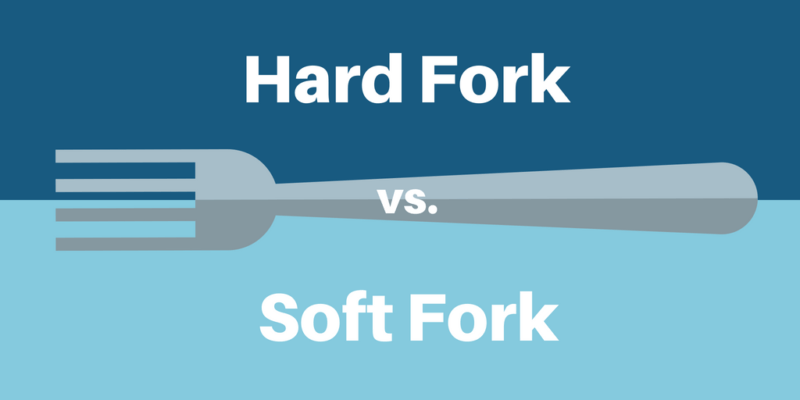What is a Hardfork? Hardfork vs Softfork
What is a Hard Fork? Cryptocurrency Forking Explained Cryptocurrency hard forks (like the recent Bitcoin Cash and Bitcoin SV hard fork), occur when coin developers.


What is a Hard Fork? Cryptocurrency Forking Explained
- Cryptocurrency hard forks (like the recent Bitcoin Cash and Bitcoin SV hard fork), occur when coin developers can’t agree on a single development path for a specific cryptocurrency
- Unlike hard forks, soft forks occur as part of routine blockchain upgrades
- When hard forks take place, forks result in the creation of two or more distinct cryptocurrency variants

What is a Cryptocurrency Hard Fork?
In November 2018, Bitcoin Cash forked into two different forms of cryptocurrency. Today, we know these as Bitcoin Cash and Bitcoin SV. This hard fork came about due to developers who maintained the original Bitcoin Cash blockchain, disagreeing over the potential implementation of new features.

Hard Forks Explained for Cryptocurrency Beginners
In mid-2018, Bitcoin Cash developers announced plans to upgrade the Bitcoin Cash blockchain. Scheduled for November 2018, proposed upgrades included increased transaction block sizes (to enable faster transactions) and the inclusion of new Ethereum-like smart contract capabilities.
If the proposed upgrade had run as smoothly as developers hoped, this upgrade would have been what’s known on the cryptocurrency market as a ‘soft fork.’ This is where a new blockchain version replaces the old one and business essentially continues as usual. Sadly, things didn’t quite go to plan.

Why the Bitcoin Cash Soft Fork Became a Hard Fork
As the date for the Bitcoin Cash soft fork approached, some developers voiced concerns. Chiefly, some argued that proposed upgrades we not inline with Bitcoin creator, Satoshi Nakamoto’s real vision for Bitcoin. This being the case, they decided to release a version of Bitcoin Cash which would not include smart contract capabilities.
Because neither Bitcoin Cash or Bitcoin SV (Bitcoin Satoshi’s Vision) proponents could agree on a single strategic vision, November saw Bitcoin Cash hard fork into the two Bitcoin Cash varients we have today.
In simple terms, a hard fork takes place when:
- A hard fork takes place when developers can’t agree on a single developmental direction for a coin
- Hard forking results in the creation of a divergent cryptocurrency, which is developed and maintained independently of the original

Hard Forking Vs. Soft Forking
To better explain the differences between a soft fork and a hard fork, it is essential to understand how cryptocurrency works.
In every case, blockchains which dictate rules concerning how cryptocurrency transactions work, are nothing more than long scripts of unalterable code. This code cannot be altered in the wild (while blockchains are active), as if this was possible, transactions could be undermined by hacking attempts, common malware, and computer viruses.
What developers can do to make changes, is copy the code which dictates how blockchains operate, before editing this offline. In the case of a soft fork (where all developers agree on proposed changes), newly revised code replaces old code completely. This results in there being a single form of cryptocurrency.

Key Differences Between a Hard Fork & Soft Fork
- In the event of a soft fork all blockchain developers agree on a single development path and implementation of new features and upgrades
- When a hard fork takes place, new coins are created with slightly different transaction rules and capabilities
- Soft forks are considered routine and cause minimal market disruption. Conversely, a hard fork often results in investor confusion and periods cryptocurrency market disruption

Notable Cryptocurrency Hard Forks
Notable hard forks to date include the August 2017 fork of Bitcoin, which resulted in the creation of Bitcoin and Bitcoin Cash. 2018 then gave us the more recent hard fork of Bitcoin Cash and the creation of Bitcoin SV.
In both of the above cases, severe disruption followed forks. However, soft forks rarely result in the same. Segwit (Segregated Witness) was a 2018 soft fork of the original Bitcoin, which increased transaction speeds and resulted in minimal market disruption. That said, every hard and soft fork is different. Cryptocurrency investors would, therefore, be wise to keep abreast of news concerning coins they are invested in whenever new forks are proposed.
To buy any of the coins mentioned in this article, click here.
Share to
Stay curious and informed
Your info will be handled according to our Privacy Policy.
Make sure to follow our Twitter, Instagram, and YouTube channel to stay up-to-date with Easy Crypto!
Also, don’t forget to subscribe to our monthly newsletter to have the latest crypto insights, news, and updates delivered to our inbox.
Disclaimer: Information is current as at the date of publication. This is general information only and is not intended to be advice. Crypto is volatile, carries risk and the value can go up and down. Past performance is not an indicator of future returns. Please do your own research.
Last updated February 17, 2025





